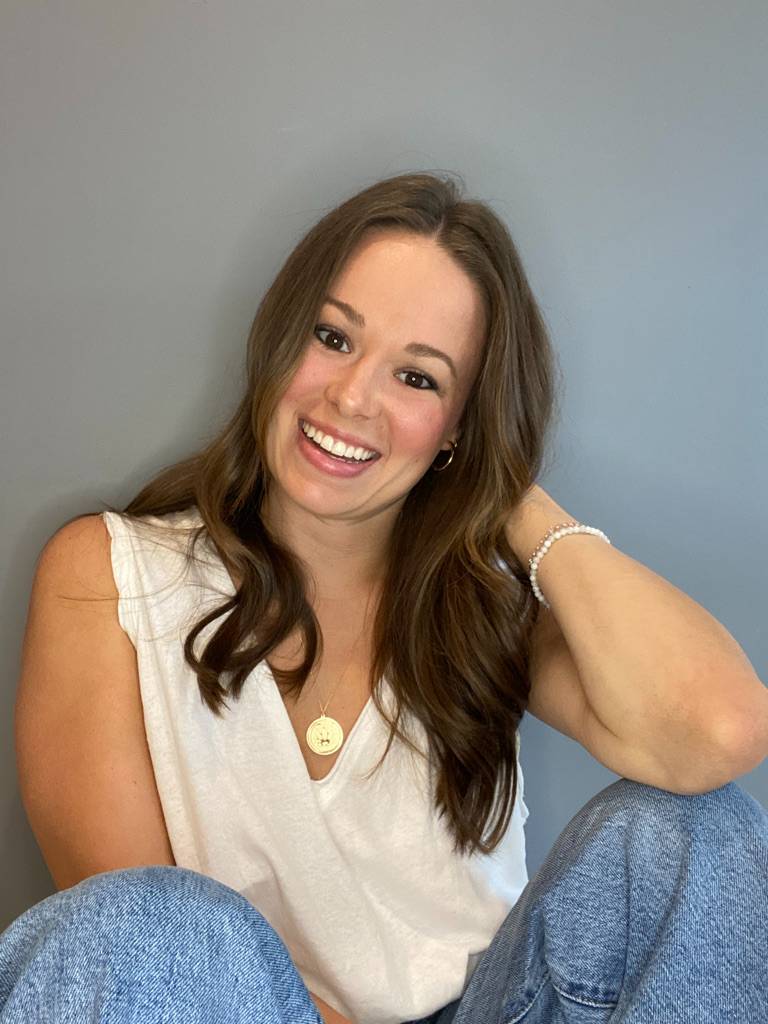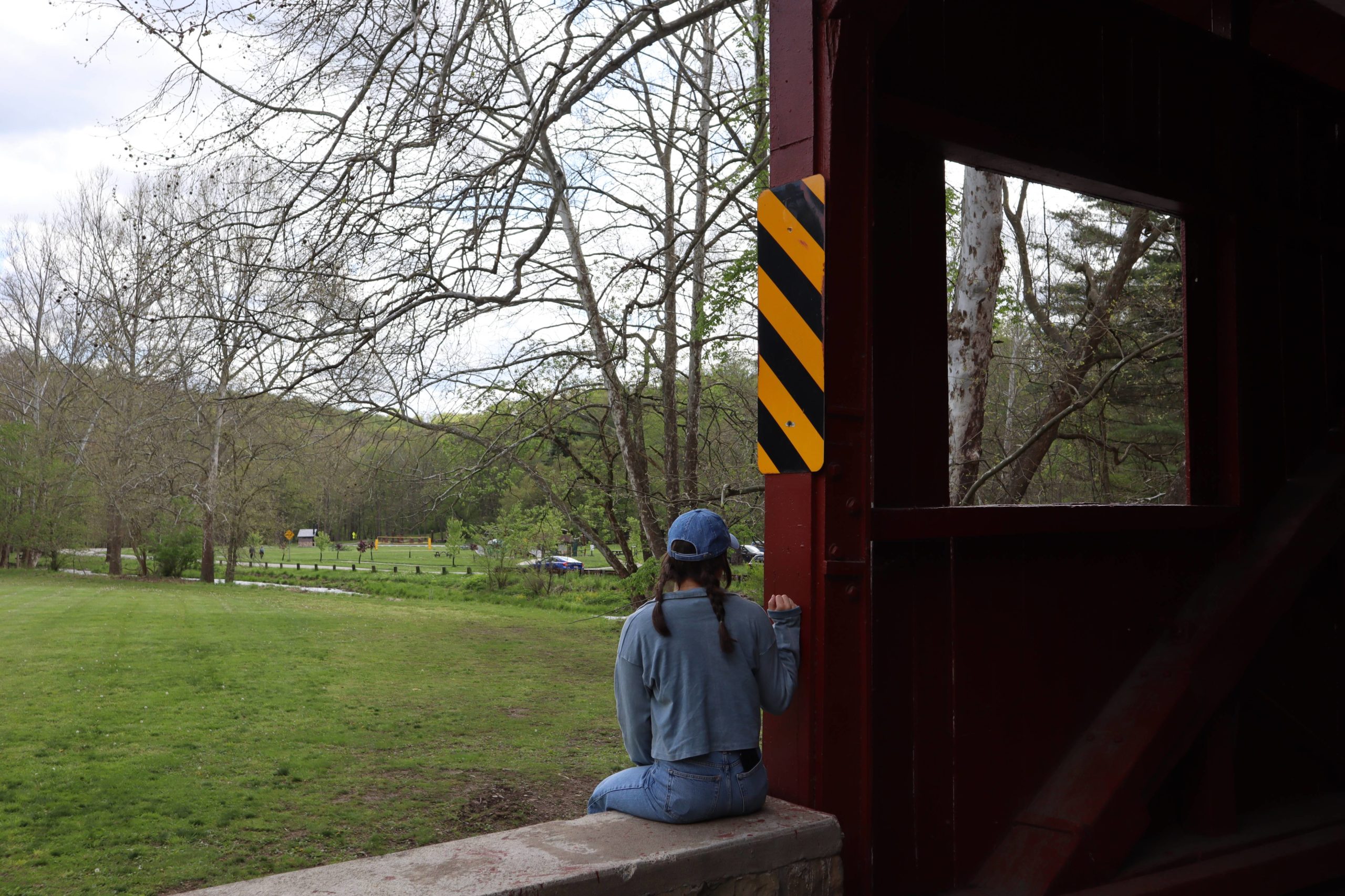Moments harness power, they breathe life into the body. If you have a chronic illness, the simple moments are the most powerful because they offer peace and provide a sense of calm. Mindfulness is a powerful management technique used to bring these simple moments to the surface. It will help you decrease pain, minimize adrenaline fatigue, prevent flare-ups and prolong energy throughout your day. With a simple understanding of the practice of mindfulness, you can bring a sense of calm and stability into your life, ultimately allowing you to live a complete and full life.
Mindful Spoons
If you have a chronic illness, you understand the body has a mind of its own. This unpredictability makes the day difficult because you do not know what you will be able to accomplish. Spoonies are given a limited number of spoons in a day. It is only natural for the mind to cling to the thought of, “How many spoons do I have left?”
But what if, instead of focusing on how many spoons you have left, you focus on the spoon you are currently using? Making a conscious choice to focus on the now breathes life into you.
Mindfulness is centered on being present for the little moments. Preparing lunch, washing the dishes, folding the laundry — these moments make up a large part of our day. While they may not be the most exciting, they still take up spoons.
If you are using one of your spoons, don’t you want it to be worth it? Wouldn’t it be nice to enjoy a spoon as you are using it? It can be done. Mindfulness is a powerful tool that will promote the power of the present, allowing you to live a fuller, more complete life with chronic illness.
Related: Chronic Illness and the Journey to Acceptance
Mindfulness Background
Meditation is the action of quieting the mind and focusing on one solo thought, image or sound. Oftentimes meditation seems overwhelming. But the truth is there are many different forms of meditation, some much more relatable than others. Mindfulness is the ideal entry to meditation because it offers a relatable transition. It’s like learning to swim in four feet of water instead of twelve.
Mindfulness is a form of meditation where you choose to be fully present during the moment you are experiencing. As a result of your commitment to the present, the other thoughts in your mind slowly begin to vanish, creating a safe, peaceful space in your mind. This not only allows you to appreciate the moment in front of you but conserves your energy, as well.
Mindfulness does not add anything new to your routine. It actually makes your routine simpler and more enjoyable. Decluttering the mind is freeing, energy saving and liberating. The best part is you are already born with all of the tools necessary to practice mindfulness. You just need to learn how to use them!
Mindfulness and the Senses
Mindfulness asks you to spend time focusing on the things you often take for granted both in the outside world and within the body. The utilization of your sense of vision, touch, taste, auditory, movement and body position all play a crucial role in fully experiencing mindfulness, especially when you live with chronic illness.
Chronic conditions come with a variety of symptoms that lead to a negative relationship with the body. As a result of the body often being unreliable, it is not uncommon for spoonies to lose any feelings of positivity or love for their bodies.
Mindfulness is a powerful tool used to reverse this negative connotation with the body. Utilizing the senses opens the body to a mindful experience that promotes feelings of positivity, trust and appreciation.
Related: Keep Thinking You’re Not Good Enough? You’re Wrong.
How to Practice Mindfulness
Many people find it easiest to enter into the practice of mindfulness when they are outdoors.
In the beginning stages, this is the best way to gain a true understanding of the practice because you are removing distractions and dedicating yourself fully to the experience. Spending time with nature decreases stress and increases utilization of the senses. Find a location with limited distractions. Be sure to select a place that makes you feel safe, as this will allow you to fully let go during the experience.
Begin by removing your shoes and socks. Allow your bare feet to connect with the ground. Close your eyes and focus on the connection of the ground with your feet. Allow the soles of your feet to expand and take up space, bond them with the earth. Notice the warmth of the ground beneath you. Draw that warmth up from the ground, allowing it to fill your body.
Now you may open your eyes and engage your other senses. What do you see? Focus on what is natural, notice the detail of a tree or the shape of a cloud. What do you hear? Observe the noises around you. Permit the sounds of nature to fill your mind. Release all other thoughts. For this moment, you are fully consumed by what is around you. This is your fully present moment. Breathe in and out, connecting the body and mind with this experience.
Use your senses to guide you into the practice of mindfulness. Once your mind is fully present in the moment, your thoughts will settle, achieving a mindful state.
Mindfulness in Daily Life
Once you have focused on mindfulness by itself, you may incorporate it into your daily routines. Using mindfulness in this way creates wholeness in your life. Daily tasks become valued moments. Instead of viewing chores as a “have to” the mind shifts to “I get to.”
Begin with a daily task that is viewed as a chore, such as folding laundry. Mindfulness asks you to still and quiet the mind by focusing on one thing you are currently experiencing.
Start to focus on the textile in your hands. Notice the color, weave of fabric and scent. As you fold the item, do it with intention. Allow your hand to run down the garment, creating a smooth fold. Release your thoughts, worries and stress. Those concerns will all be there after this moment, but you cannot get this moment back. Enjoy it, live in it.
When your mind wanders, don’t be surprised or upset. Simply return your attention to your task. Do not be angry with the mind for wandering. Gracefully and peacefully center your thoughts on the task before you. Allow yourself to find peace in the task. Find appreciation for the piece of clothing you are folding. Find an appreciation in the simplicity of the moment.
Related: Grieving Our Pre-Chronic Illness Lives
Conclusion
Settling your mind settles your body. Mindfulness can be used as a powerful tool that permits you to enjoy life — every tiny piece of it. Whether you are grounding the body outside or folding the laundry, focus on that one tiny moment presented before you, enjoy it and allow yourself to be consumed by it. As my mother has so wisely shared with me, ”Little things and little moments are not little — they make up a life.” Fill your life with the simple moments, and your body and mind will thank you.

Nicole Ashley Chuba is a Chronic Illness Movement Coach, Certified Yoga Teacher (CYT), and founder of Always Yours Truly – a blog dedicated to navigating life with chronic illness. AYT focuses on movement, mindfulness, and diet to help you manage your symptoms. Nicole is passionate about using her platform to help others do more than cope but truly learn to live a full life with chronic pain.
Instagram: @nicolechuba
Pinterest: @alwaysyourstruly1449
Facebook: @aytruly
Website: alwaysyourstruly.com

Be the first to comment